We all know that Mathematica is great, but it also often lacks critical functionality. What kind of external packages / tools / resources do you use with Mathematica?
I'll edit (and invite anyone else to do so too) this main post to include resources which are focused on general applicability in scientific research and which as many people as possible will find useful. Feel free to contribute anything, even small code snippets (as I did below for a timing routine).
Also, undocumented and useful features in Mathematica 7 and beyond you found yourself, or dug up from some paper/site are most welcome.
Please include a short description or comment on why something is great or what utility it provides. If you link to books on Amazon with affiliate links please mention it, e.g., by putting your name after the link.
Packages:
LevelSchemeis a package that greatly expands Mathematica's capability to produce good looking plots. I use it if not for anything else then for the much, much improved control over frame/axes ticks. Its newest version is called SciDraw, and it will be released sometime this year.- David Park's
Presentation Package(US$50 - no charge for updates) - Jeremy Michelson's
grassmannOpspackage provides resources for doing algebra and calculus with Grassmann variables and operators that have non trivial commutation relations. - John Brown's
GrassmannAlgebrapackage and book for working with Grassmann and Clifford algebras. - RISC (Research Institute for Symbolic Computation) has a variety of packages for Mathematica (and other languages) available for download. In particular, there is Theorema for automated theorem proving, and the multitude of packages for symbolic summation, difference equations, etc. at the Algorithmic Combinatorics group's software page.
Tools:
MASHis Daniel Reeves's excellent Perl script essentially providing scripting support for Mathematica v7. (Now built in as of Mathematica 8 with the-scriptoption.)- An
alternate Mathematica shellwith a GNU readline input (using python, *nix only) - ColourMaths package allows you to visually select parts of an expression and manipulate them. http://www.dbaileyconsultancy.co.uk/colour_maths/colour_maths.html
Resources:
Wolfram's own repository
MathSourcehas a lot of useful if narrow notebooks for various applications. Also check out the other sections such asCurrent Documentation,Coursewarefor lectures,- and
Demosfor, well, demos.
The Mathematica Wikibook.
Books:
- Mathematica programming: an advanced introduction by Leonid Shifrin (
web,pdf) is a must read if you want to do anything more than For loops in Mathematica. We have the pleasure of havingLeonidhimself answering questions here. - Quantum Methods with Mathematica by James F. Feagin (amazon)
- The Mathematica Book by Stephen Wolfram (amazon) (
web) - Schaum's Outline (amazon)
- Mathematica in Action by Stan Wagon (amazon) - 600 pages of neat examples and goes up to Mathematica version 7. Visualization techniques are especially good, you can see some of them on the author's
Demonstrations Page. - Mathematica Programming Fundamentals by Richard Gaylord (
pdf) - A good concise introduction to most of what you need to know about Mathematica programming. - Mathematica Cookbook by Sal Mangano published by O'Reilly 2010 832 pages. - Written in the well known O'Reilly Cookbook style: Problem - Solution. For intermediates.
- Differential Equations with Mathematica, 3rd Ed. Elsevier 2004 Amsterdam by Martha L. Abell, James P. Braselton - 893 pages For beginners, learn solving DEs and Mathematica at the same time.
Undocumented (or scarcely documented) features:
- How to customize Mathematica keyboard shortcuts. See
this question. - How to inspect patterns and functions used by Mathematica's own functions. See
this answer - How to achieve consistent size for GraphPlots in Mathematica? See
this question. - How to produce documents and presentations with Mathematica. See
this question.



